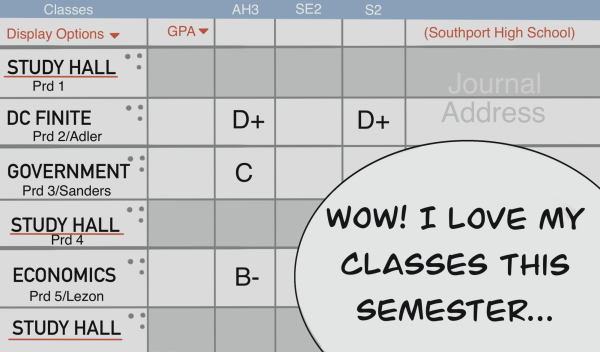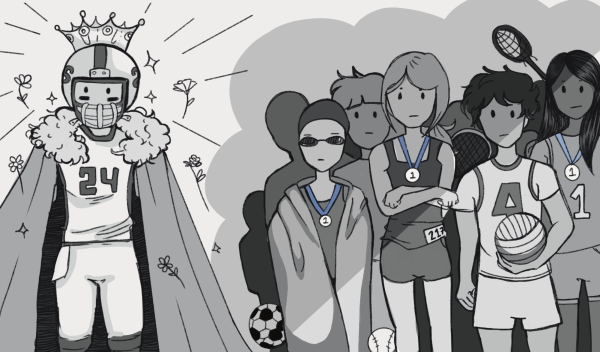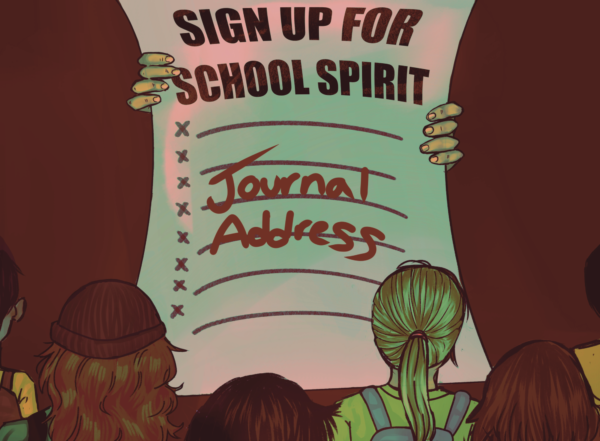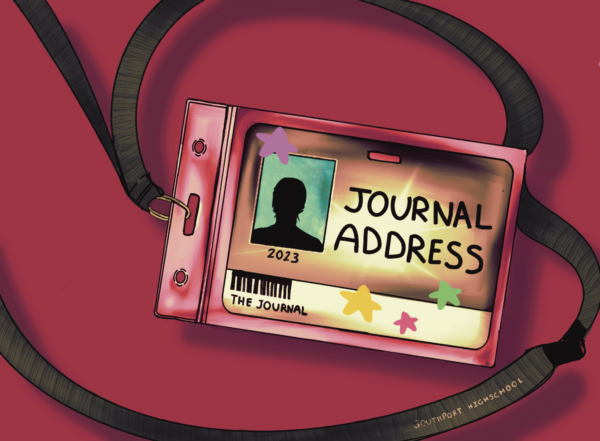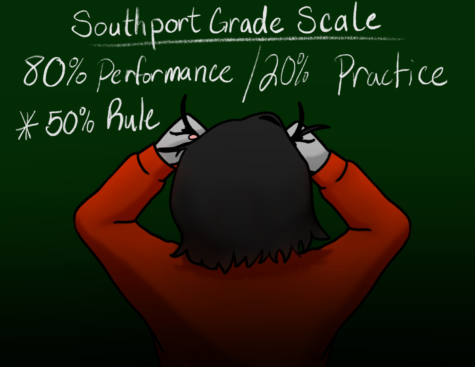Journal Address: Two-hour delay standards could use an update
January 20, 2017
Here it is, another winter of waking up and standing in the freezing cold waiting at the bus stop. That is a large portion of us anyways. Many students question why there is a lack of two-hour delays this winter. The reason why we have not had any is because the administration hasn’t found them necessary. We, the Journal, have our own standards of when two-hour delays are appropriate and believe that the parameters for two-hour delays should not only be based on the effects the weather has on us high schoolers but also the effects it has on the elementary children.
We reached out to the school administration to find out what Perry Townships current process is to make decisions based on the school procedure due to weather. According to Keesha Hughes, in case of freezing temperatures, the administration watches the local forecasts and they also refer to a wind chill chart created by the National Oceanic and Atmospheric Administration. They then deliberate together and the superintendent then makes his decision shortly after five in the morning. If it is cold enough or dangerous for drivers, he will do what the administration sees fit for our safety.
Frostbite is detrimental to your health and especially with the lack of sun by the time that we go to leave school there is no natural warmth. According to aboutkidshealth.ca, frostbite can only affect the skin or it could affect body tissues below the skin. Some signs of frostbite in children are: tingling, itching, numbness, burning feeling and the affected spot being paler than others.
The chart that the administration uses, which you can find online, cross references the real temperature at the time along with the wind chill and it estimates the time that someone can be outside before frostbite sets in. Now this winter has definitely been chilly, but it hasn’t been so cold that frostbite would settle in.
There are more factors than frostbite that can be affected by the cold. Balance is affected when there are freezing temperatures along with any form of precipitation. Someone who is a small child has a lower bone density and can fall and be more prone to injury. Older people along with young children can be more prone to hypothermia, which is where the body temperature falls too low for a period of time. Another issue with the cold is that your heart is at risk. When it is cold your body undergoes vasoconstriction which is when blood vessels are narrowed and according to normalbreathing.com, this can decrease the flow of blood.
In these dark winter months when the Indiana winter weather turns arctic, we advise the administration to not just focus on the weather but also on the time children will wait for the buses and the prolonged effects of harm being out that long. As far as what we, the students, can control, we should dress appropriately for the cold, only be outside as long as necessary and to watch the weather for any incoming weather or possible changes. As long as we are prepared, then we will be safe.


